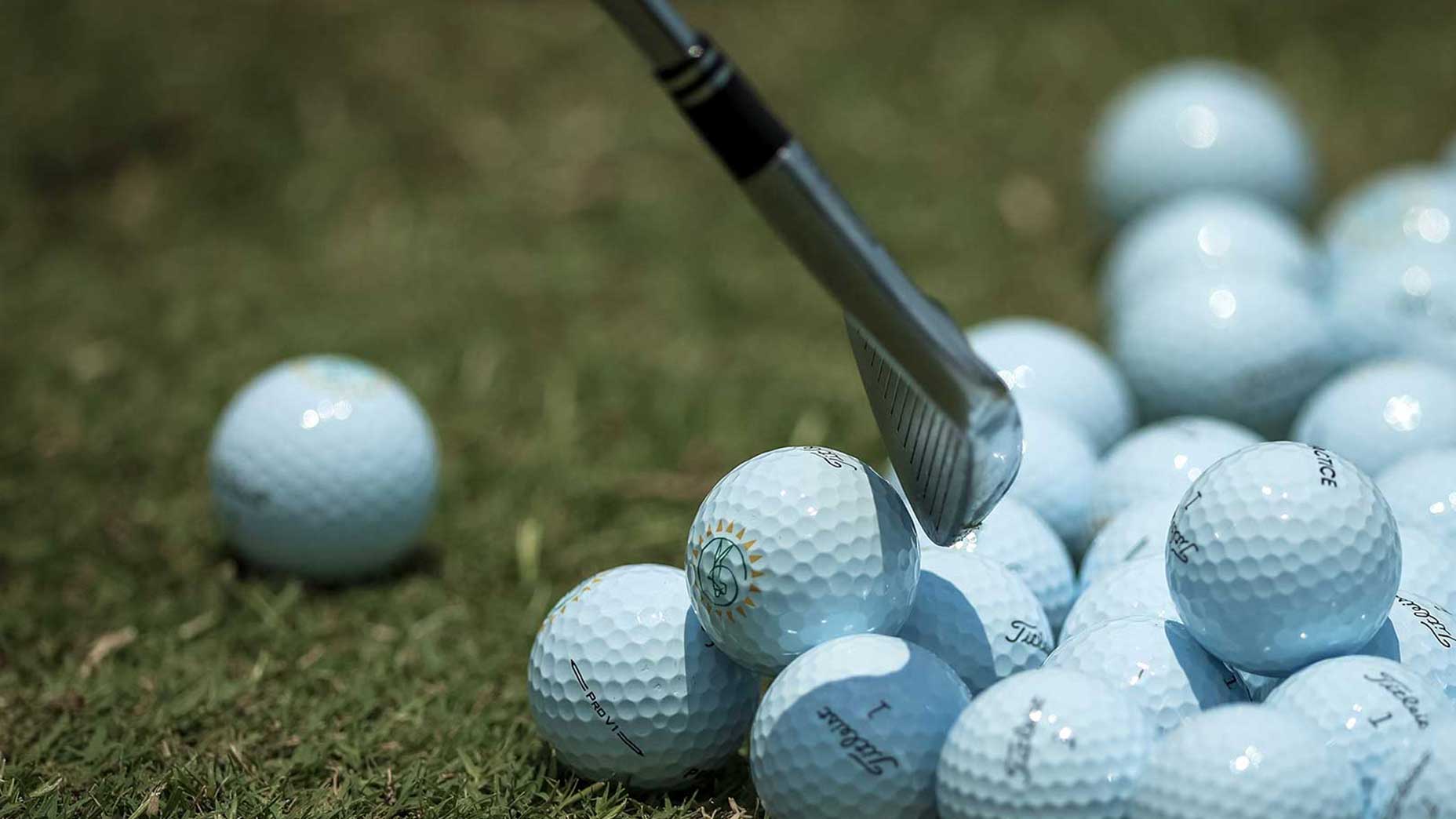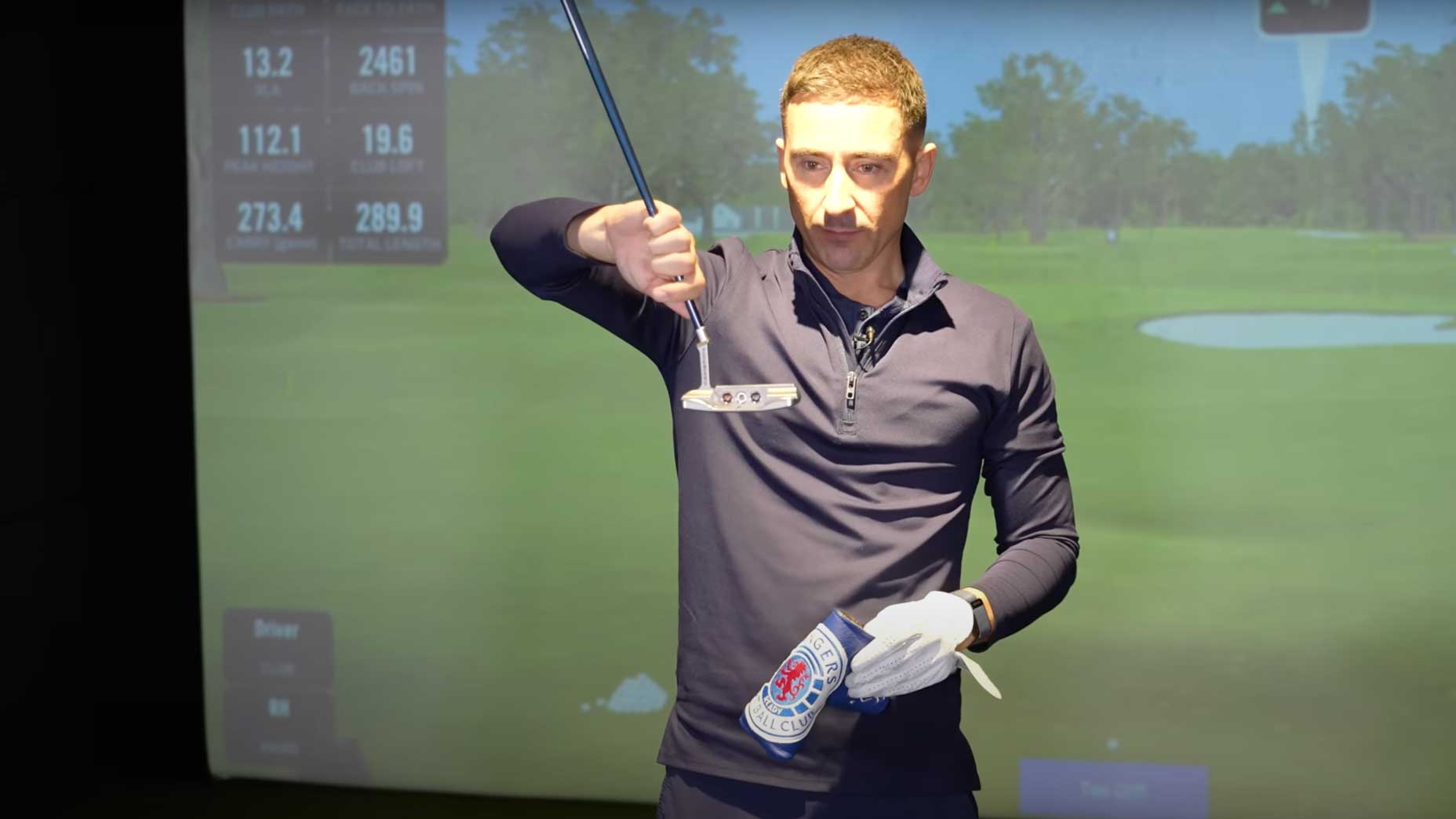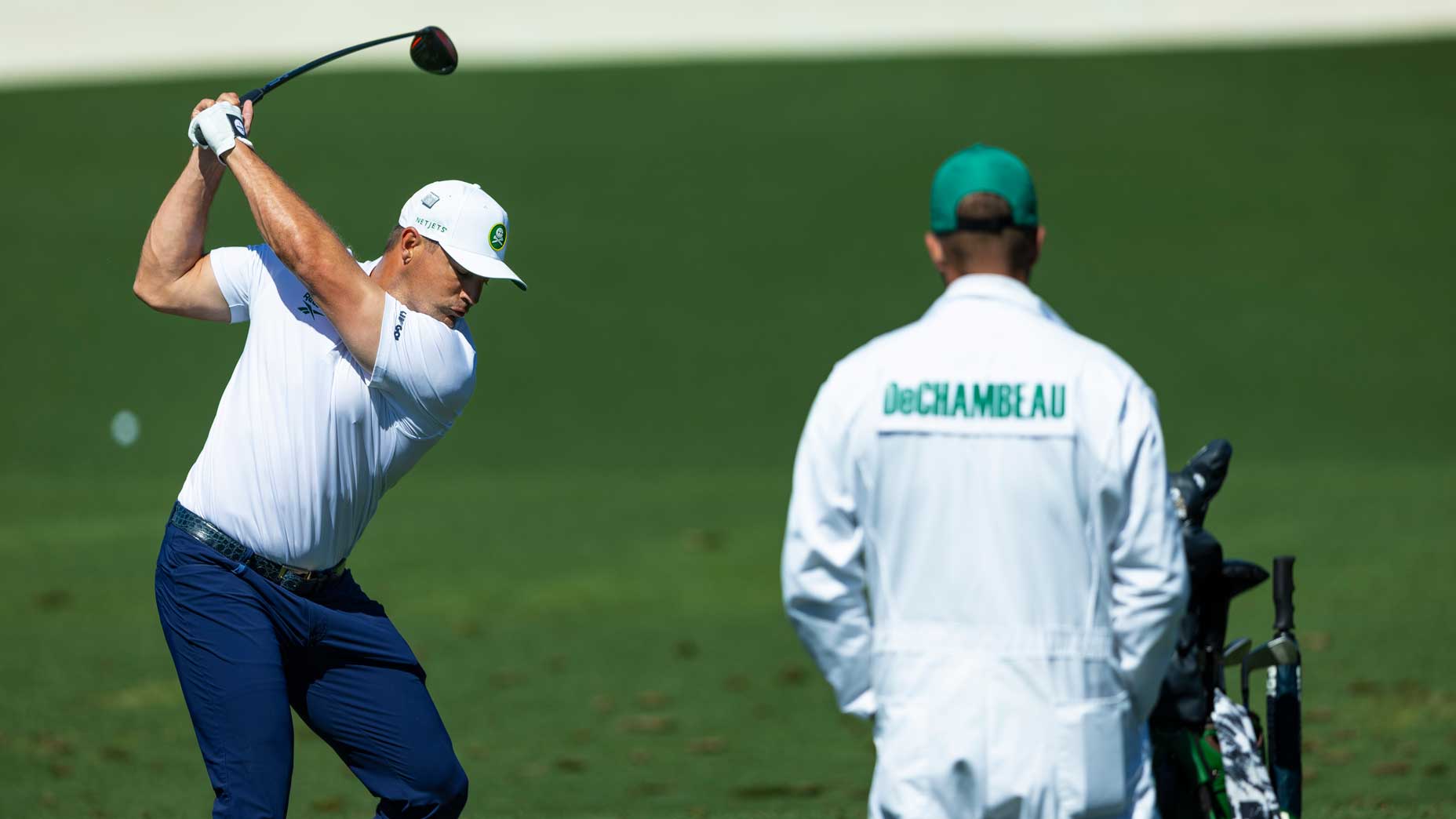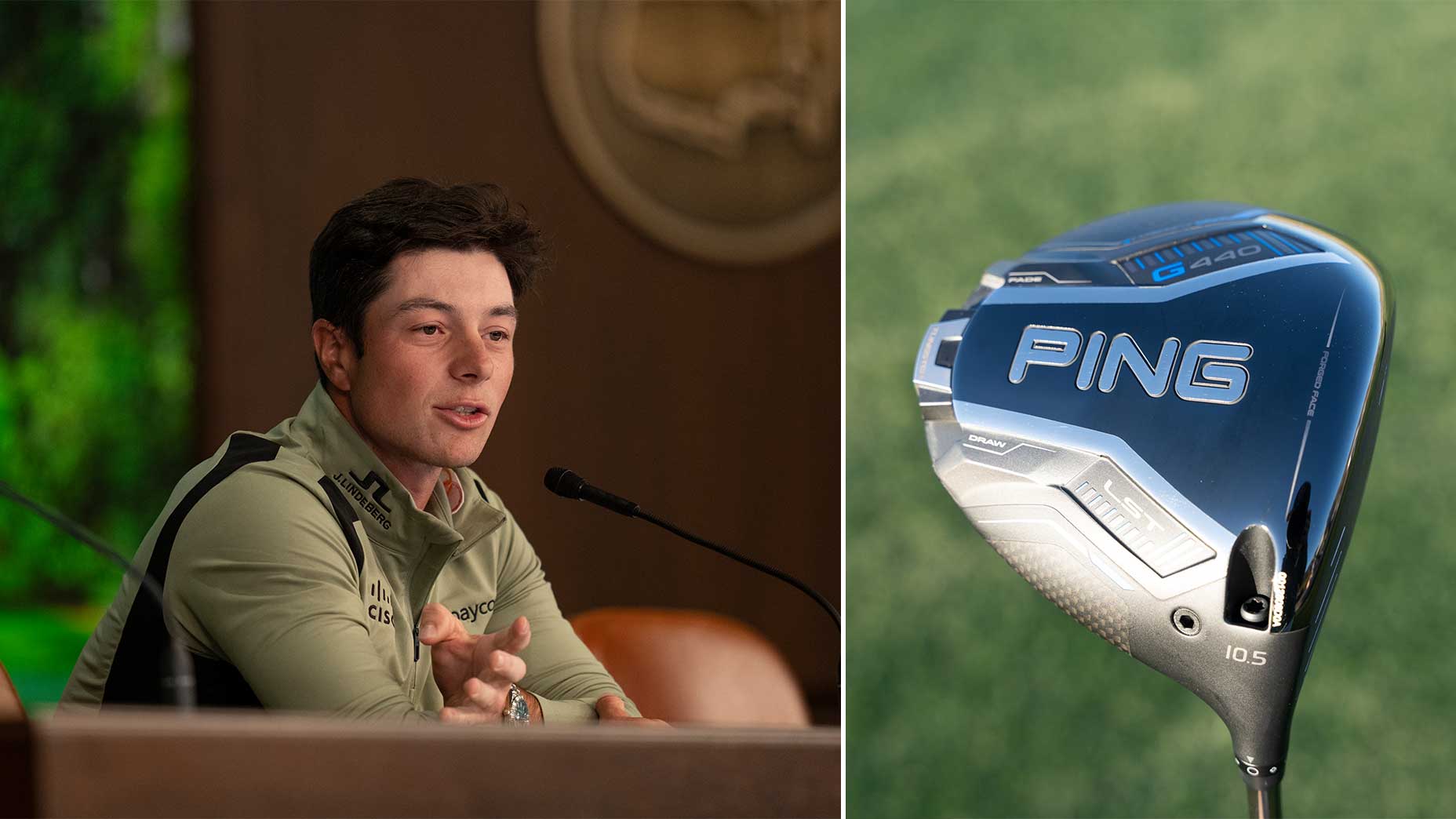How the pros get dialed for their drivers, according to an expert Ping fitter
- Share on Facebook
- Share on Twitter
- Share by Email

Ping Tour rep Kenton Oates works with Viktor Hovland on dialing in his Ping LST driver.
Courtesy Ping
Ed. note: This is Part 2 of a special six-part series on fitting. Previous installments: How to find the perfect golf ball
***
For Part 2 of this series, we’re breaking down driver fittings. For insights, I connected with my longtime friend and fellow Washingtonian, Kenton Oates, who plies his trade in the Ping tour truck. When it comes to drivers, “KO” — as we all call the man behind the bags of Viktor Hovland, Tony Finau, Corey Conners, Sahith Theegala and Taylor Moore — has done some really interesting work with Ping’s G430 and G440 drivers, including getting them into the bags of non-staffers over the past two years.
On Tour, Ping drivers are known for their efficiency and accuracy; I challenge you to find a company that does that part better year in and year out.
I hope you enjoy Part 2 of this series. More to come.

PING G440 LST Custom Driver
View Product
ALSO AVAILABLE AT: PGA Tour Superstore | Ping
How Ping thinks about driver fittings
by Kenton Oates, Ping PGA Tour rep
When we are fitting our Tour players into drivers, we are looking to give them optimal launch conditions with maximum forgiveness in a setup that inspires confidence, both visually and audibly. These days, with the technology we have in our 430 and 440 drivers, players should not have to sacrifice much or anything. In previous years, there was always a choice to be made; I think I can speak for all Tour reps when I say it’s much easier to pull levers to get something right today than it was in years past. We all make fast, stable gear that looks good, but at Ping our first priority is forgiveness and efficiency. Always will be.
Ultimately, where I want to land with a player is to find a driver that provides them a ball flight in their optimal window with protection against their most likely miss. At this level, with the amount of ball control these players have, you are fitting into a specific box. For example, at your local fitting shop, you may find that increasing ball speed, launch, etc., is your fitter’s main focus, but on Tour we’re looking for perfect start lines, spin windows within 500-600 RPM across the face and launch within 1-3 degrees up or down depending on the shot the player wants to hit.
Here are two case studies:
Tony Finau: For Tony, once we’ve found the window that he likes to see (a cut), which lives at at 10 degrees of launch and 2500 spin, his biggest concern is his start line. Tony knows he drives it best when he is hitting his stock cut, which naturally must start to the left of his target line. So even though a good number of players will put glue in the toe of their drivers to help reduce a right miss, we put glue in the heel side of Tony’s driver to make sure it starts where he wants it. The glue slows down the heel, allowing the toe to win the race at impact and ensuring a left-of-center start line. Other ways to do this is by making the driver upright, adding more weight to the back or simply adding a degree of loft (closes the face). We dial in the rest by using the adjustable settings and perimeter weighting.
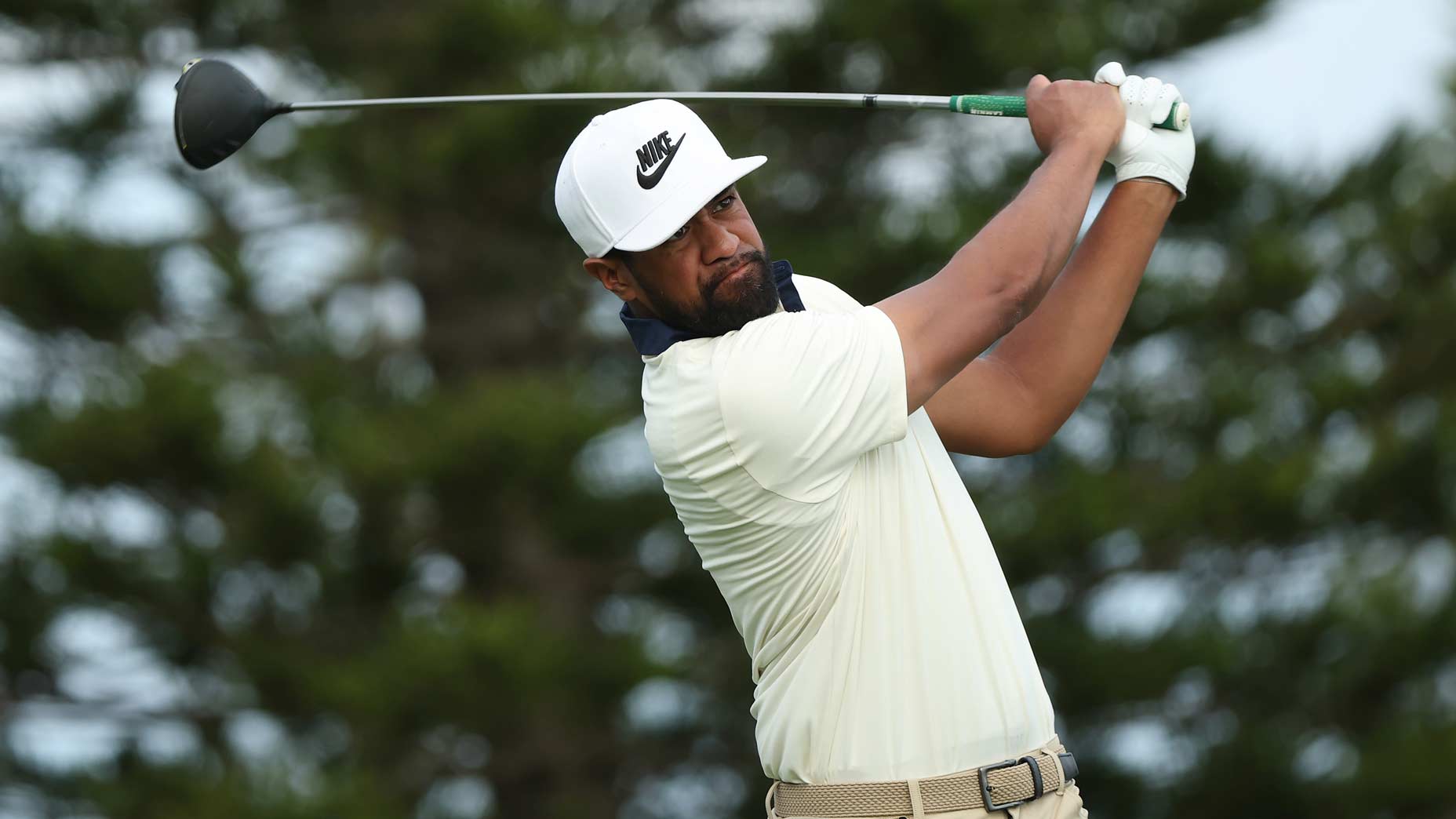
Corey Conners: One of Corey’s biggest concerns is visual; he needs to see enough loft at address, a typical ask of drawers. Over Corey’s career, that number has been around 9.5-10 degrees of actual loft. As he has gained speed over the last few years, at times that loft has produced slightly too much spin. Corey also is keen on keeping the same UST shaft he has used for almost a decade now. So we pull heads at 9.5 and make sure they are acceptable to his eye, and then we start moving weight forward in the head with glue and reduce the back weight until we get the spin where it is needed, which for Corey is about 2700 RPMs.
It’s rare, but in some cases players get emotionally attached to a certain club part (in this case a shaft) that you have to fit around or in harmony with. Honestly, this makes the job a hair easier because it’s a fixed variable that we don’t need to manage. The best Tour bags have few variables year to year; look at the bags of the top 20 players in the world — not a lot of changes going on. Shafts can create new feels to a player, and although I’m sure we could go down the shaft matrix with Corey and find something a bit more optimized, it’s not really the point. He knows and trusts what that shaft does, and I’m not a guy who is going to convince one of the best ball-strikers in the world that he needs to adjust to a new feel just to squeeze out another yard or two.
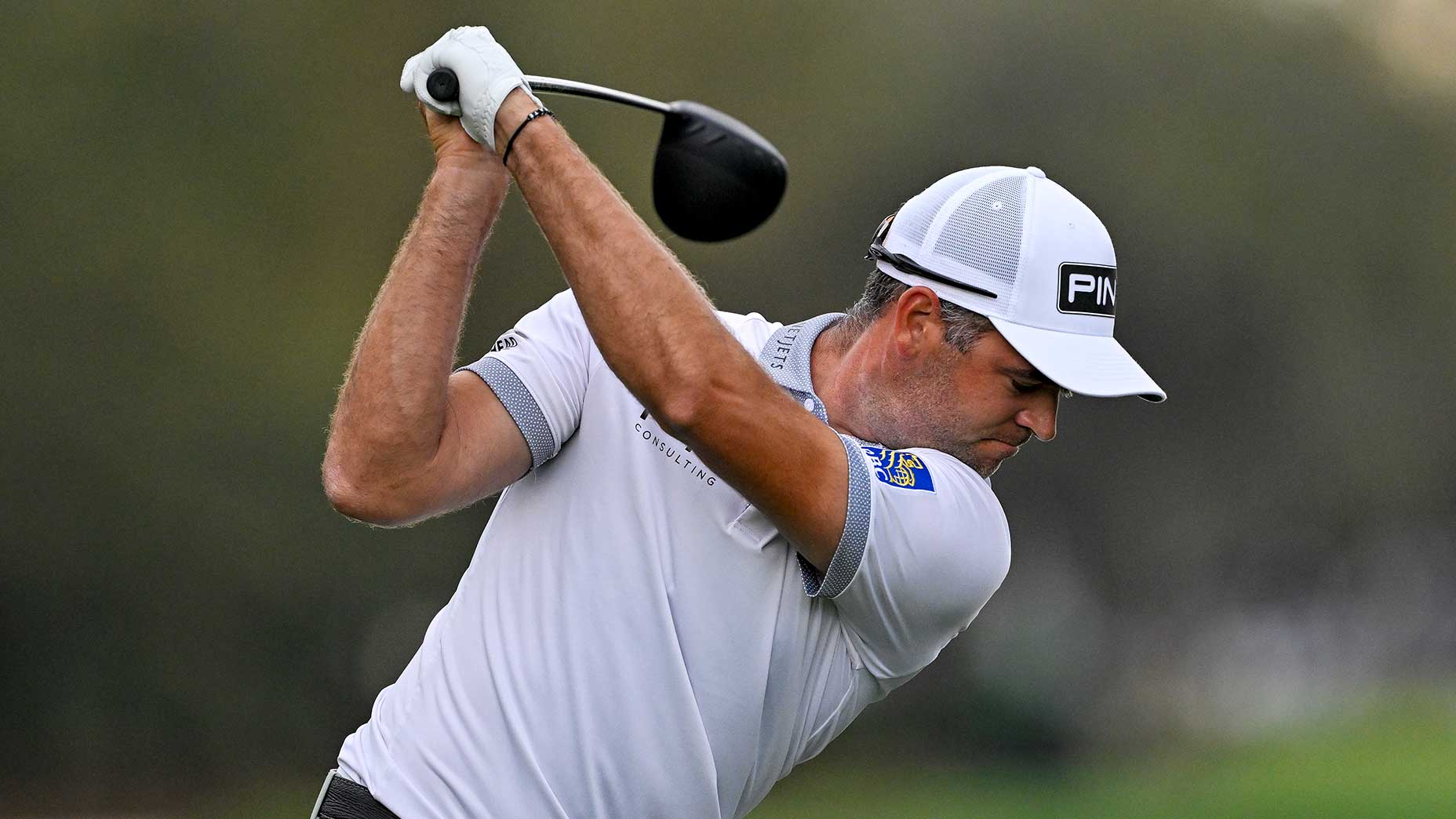
What you can learn from how the pros get fit
You might have noticed: Kenton mentioned nothing about prioritizing speed or distance. Ping drivers are very long — company to company, all of the latest drivers live within 1-2 MPH of each other — but Kenton’s goal is to find the clearest path to efficiency. That means picking a driver that gives you the most efficient level of distance.
So at your next driver fitting, pay attention to the consistency numbers, i.e., standard deviation in spin, launch, ball speed, dispersion, etc. The tighter those numbers are, the better the driver is for your swing. Don’t just chase the longest of the bunch. I’ve seen it a million times: weekend players end up picking the driver that delivers them the most ball speed, but that number is only a small part of the story as to whether the driver is an ideal fit.
Happy hunting!
Ready to find your next driver? Find a club-fitting location near you at True Spec Golf.
Latest In Gear
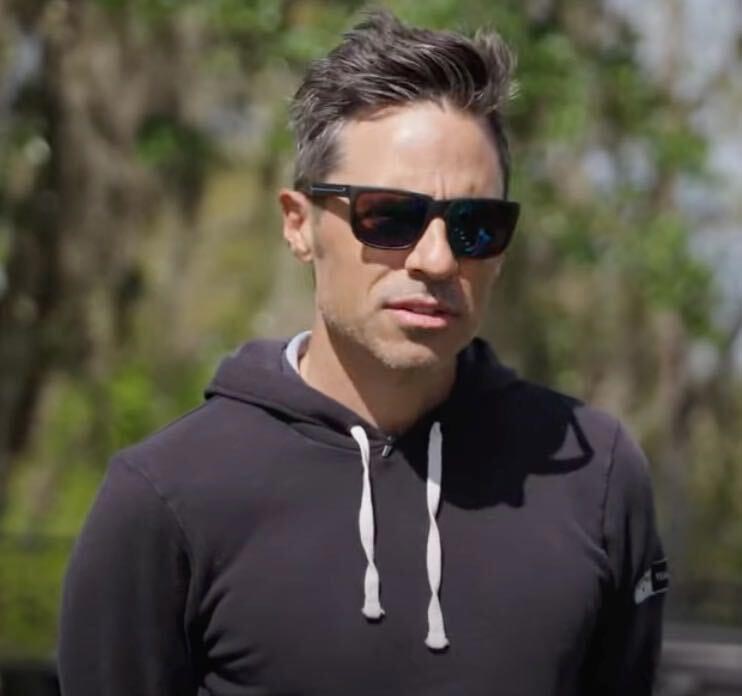
Johnny Wunder
Golf.com Editor
Johnny currently serves as the Director of Equipment at Golf.com, contributing to platforms like Fully Equipped Golf. Prior to this role, he was the Content Marketing Manager at Callaway Golf, where he led “Callaway Golf’s World of Wunder,” a platform dedicated to in-depth golf equipment content. Before joining Callaway, he was the Director of Original Content and host of “The Gear Dive” podcast at GolfWRX.com. Beyond his professional endeavors, Johnny is an avid golfer with a deep passion for the game, having played since his youth in Seattle, Washington.

